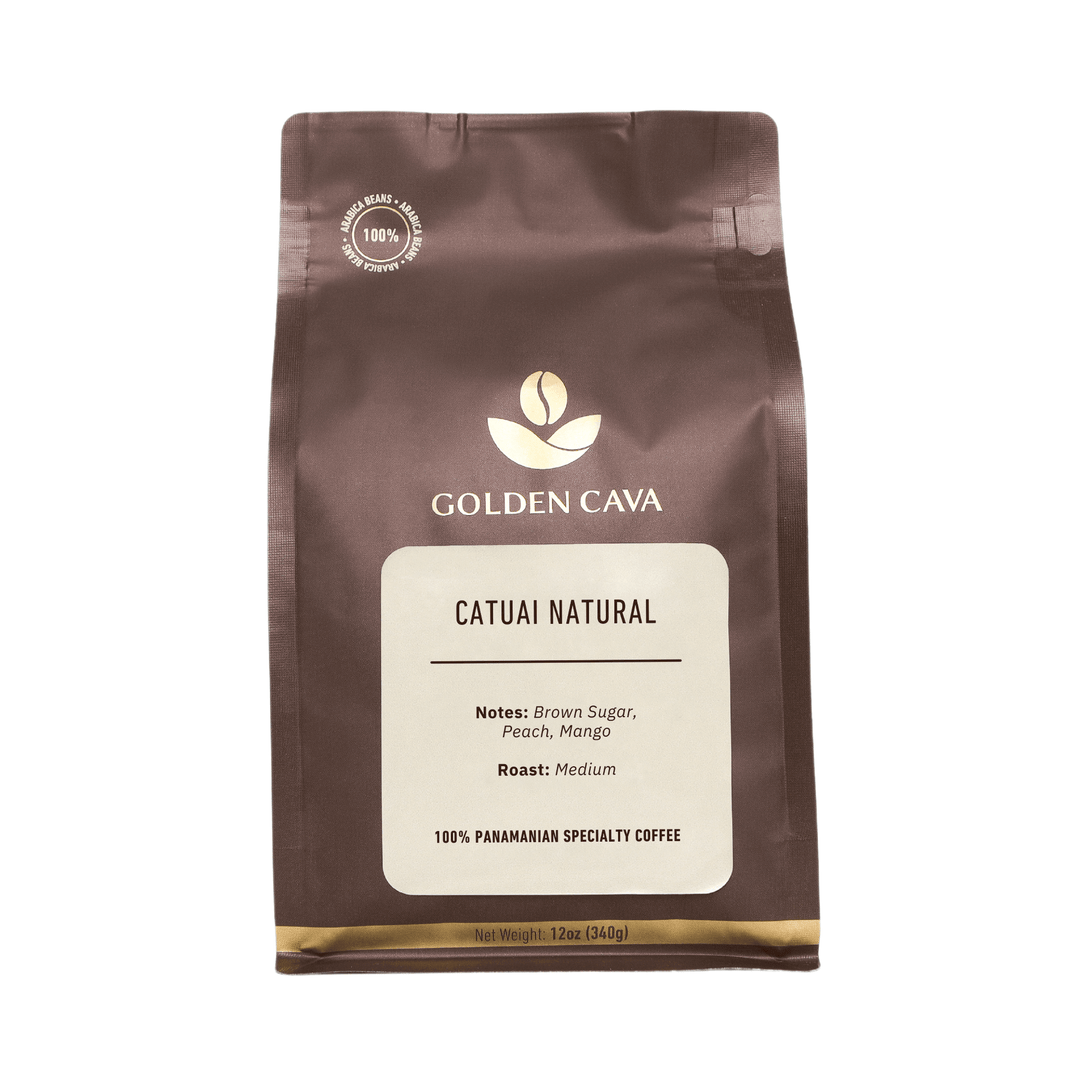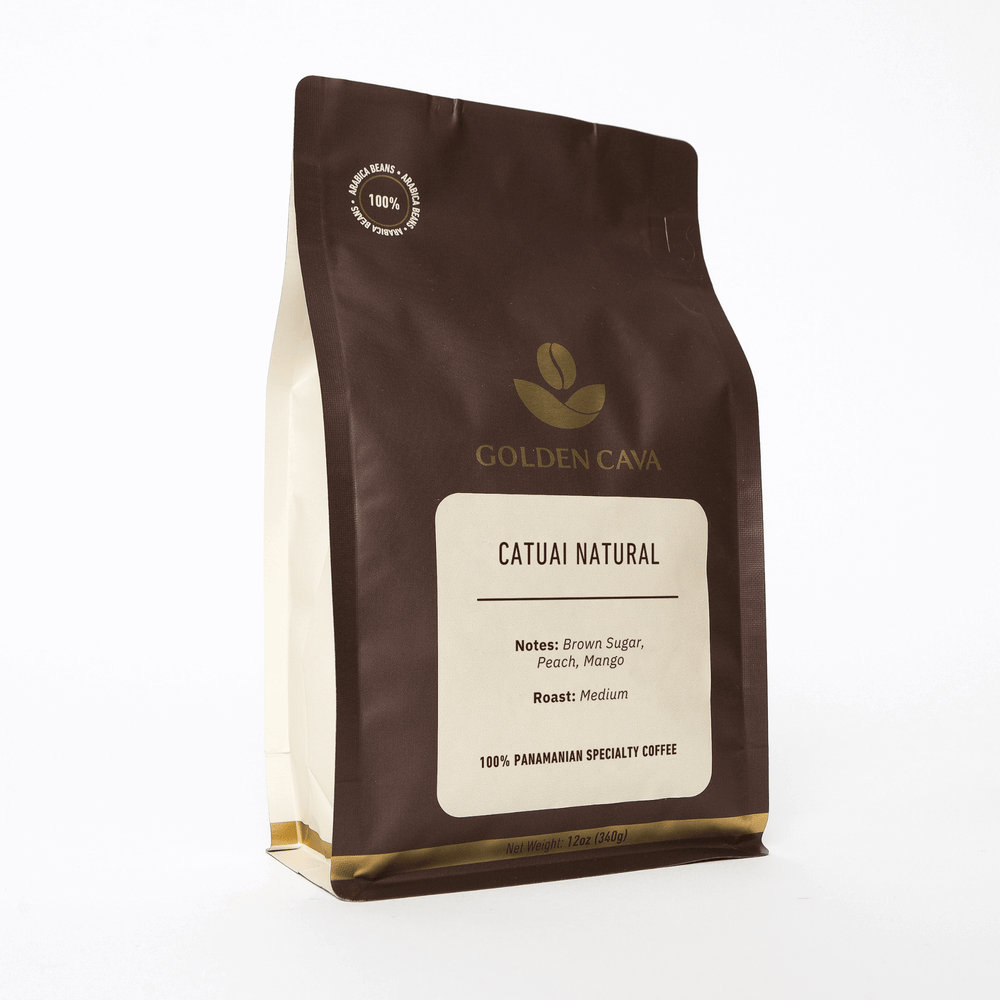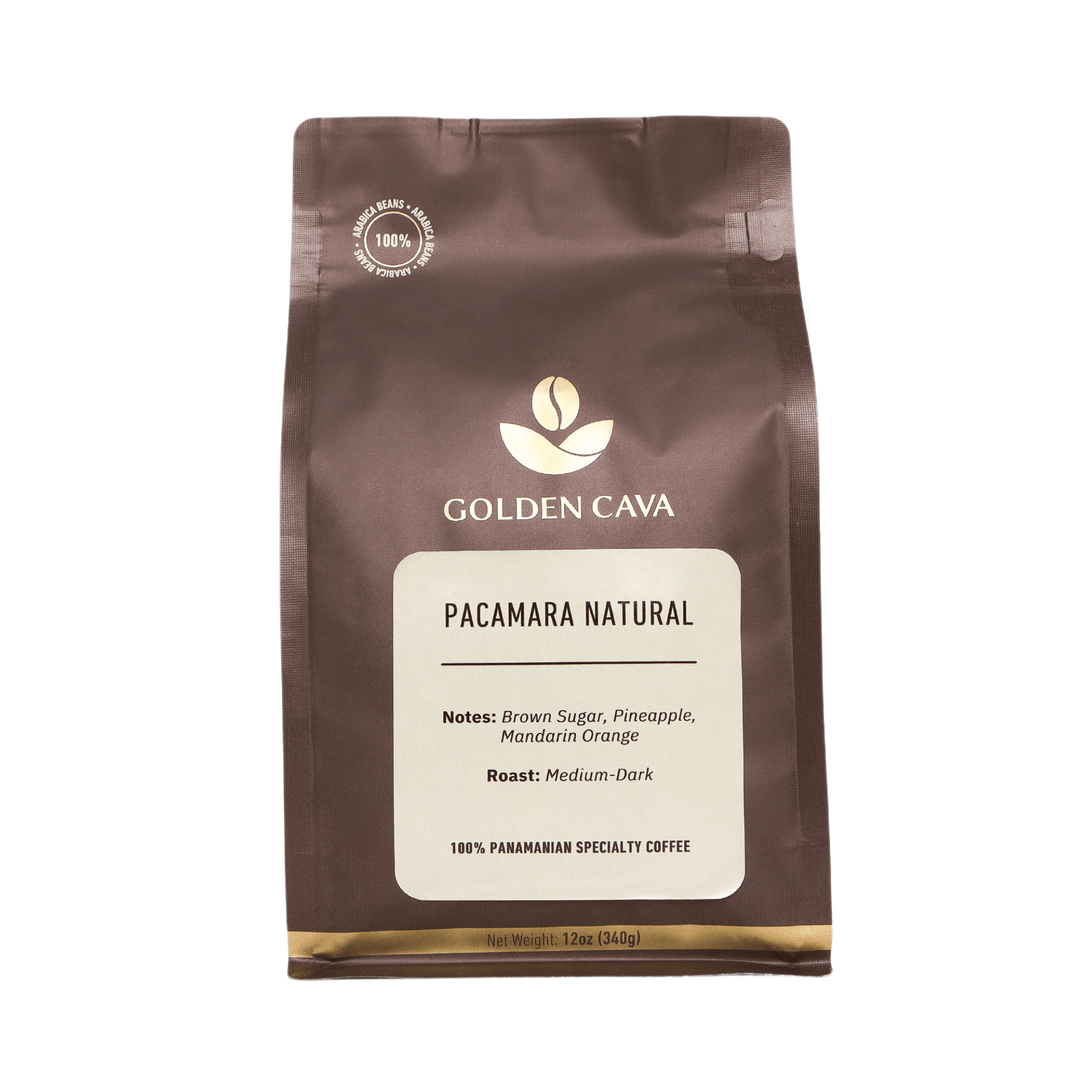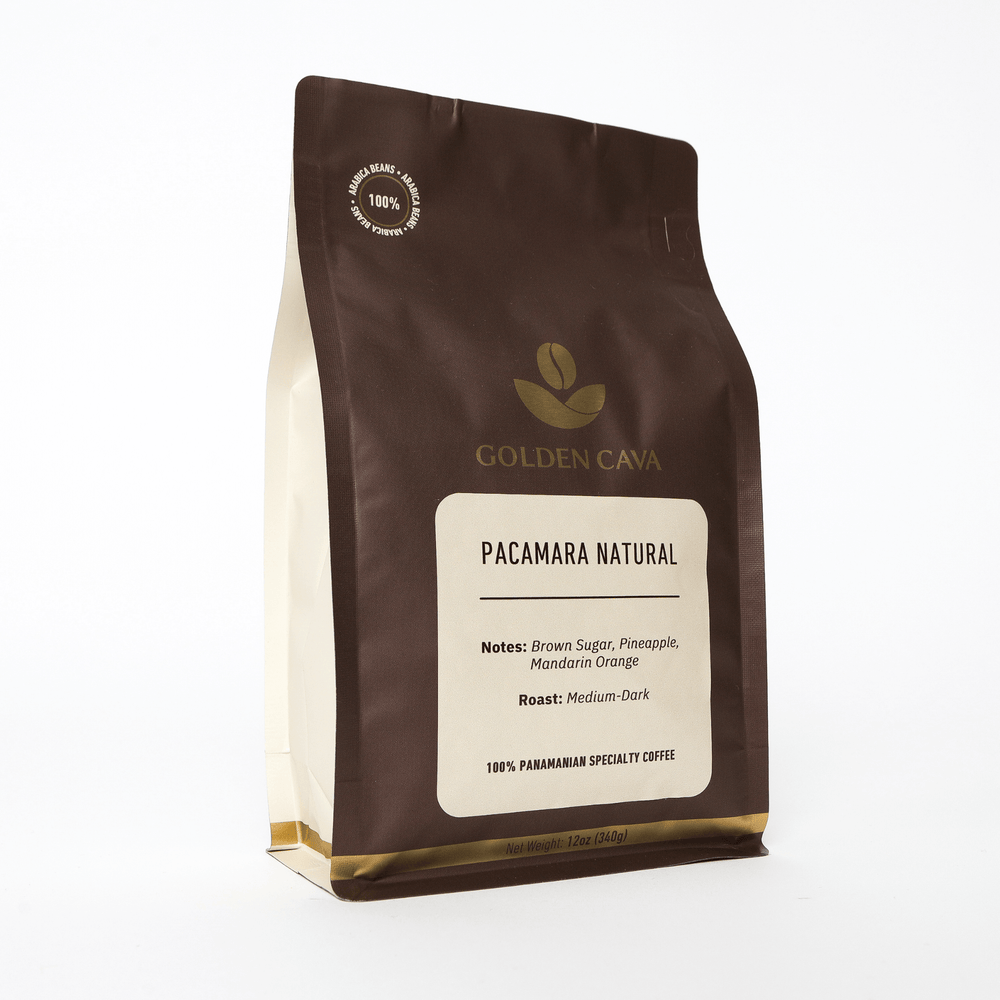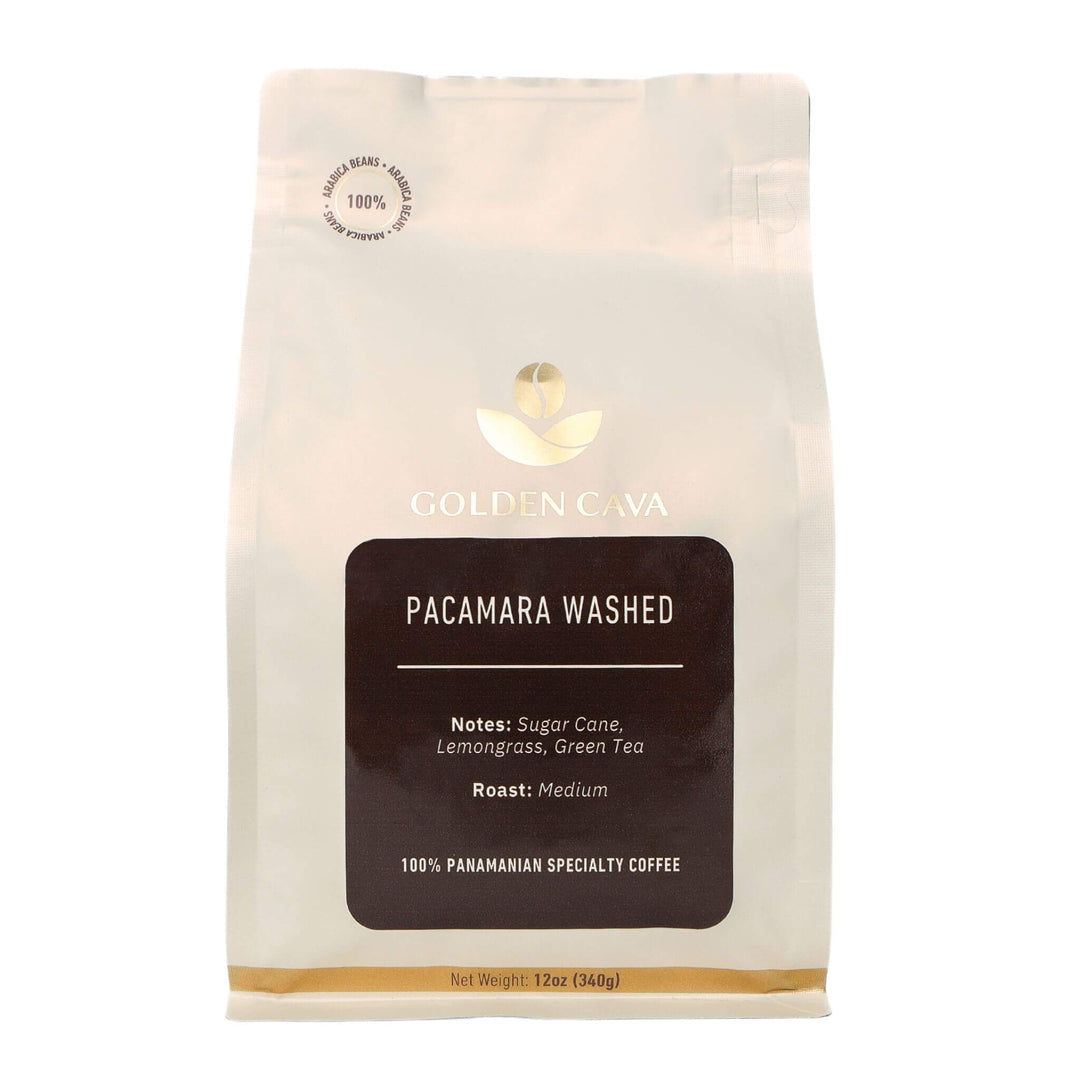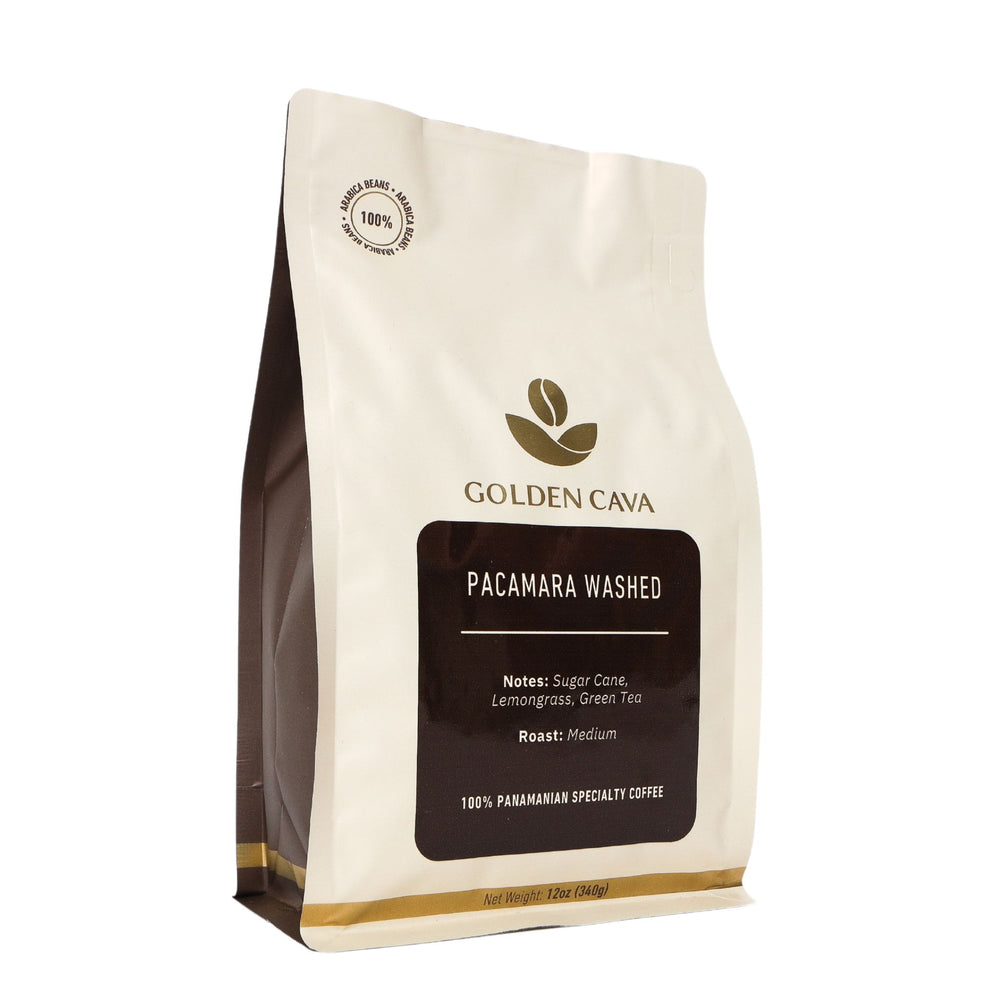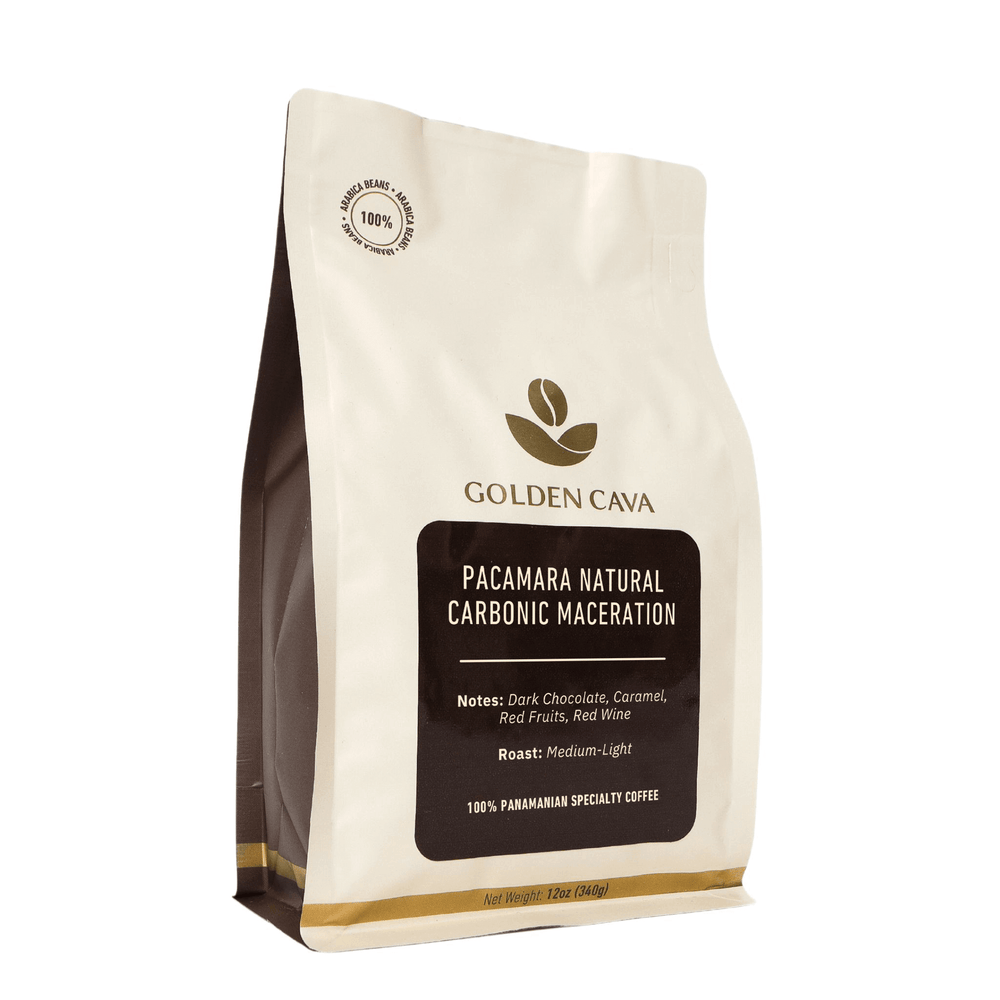For those deeply passionate about coffee or involved in the industry, understanding the intricacies of various coffee varietals and varieties can significantly enhance your appreciation for this beloved beverage! This comprehensive guide offers a detailed exploration of the world of coffee varieties, providing valuable insights for the average individual and professionals alike.
Discover the vast array of coffee varieties and meet the popular ones that have won the hearts of coffee lovers worldwide. We'll also spill the beans on how to identify these unique varieties based on their distinct characteristics.
By learning about coffee varietals and their distinctive qualities, you'll be better equipped to select beans with excellent cup quality and taste profiles that suit your preferences or business needs. And remember, it's all 'grounds' for a better brew!
Table Of Contents:
- 1. What are Coffee Varietals?
- 2. The Importance of Coffee Varietals
- 3. How Many Varieties Of Coffee Exist?
- 4. List of Popular Coffee Varieties
- 5. How to Identify Coffee Varietals
- 6. Distinguishing Characteristics of Coffee Varietals
- 7. Similarities Between Coffee Varietals
- 8. Alternate Names for Coffee Varietals
- Frequently Asked Questions What Are Coffee Varietals
- Enjoy An Excellent Cup Of Coffee With Different Unique Beans
1. What are Coffee Varietals?
A coffee varietal is a type of coffee bean that has been identified and classified based on its unique characteristics, such as flavor profile, aroma, and growing region. These distinct types of beans offer diverse tastes and experiences for coffee drinkers around the world.
2. The Importance of Coffee Varietals
Coffee varietals play an essential role in determining each brew's overall quality and taste experience. The differences between these varieties can be subtle or pronounced, depending on factors like climate, soil conditions, altitude, processing methods, and even genetic mutations within the plant species themselves.
Understanding these distinctions allows us to appreciate how various factors create unique flavors in our favorite beverages.
A Brief History of Coffee Varietals: Arabica vs Robusta
- Coffea Arabica: Originating in Ethiopia thousands of years ago, this species accounts for approximately 60-70% of global coffee production today due to its high-quality beans with complex flavors ranging from fruity notes to chocolate undertones.
- Coffea Canephora (Robusta): Discovered later than Arabica but still widely cultivated worldwide - especially in Africa and Asia - Robusta beans are known for their higher caffeine content, lower acidity levels, and more robust flavor profile compared to Arabica varieties.
While these two species remain the most popular choices among coffee drinkers worldwide, a vast array of varietals within each category offer unique taste experiences worth exploring.
Exploring Lesser-Known Coffee Varietals
In addition to Arabica and Robusta, several lesser-known coffee varietals can provide intriguing flavors and aromas for adventurous palates. For example:
- Coffea Liberica: Native to West Africa but now grown primarily in Southeast Asia, this rare variety boasts a bold flavor with hints of fruitiness and smokiness (source).
- Coffea Excelsa: A close relative of Liberica found mainly in Central Africa's high-altitude regions; its distinctively tart yet sweet taste has made it increasingly sought after by specialty coffee enthusiasts.
Coffee beans of diverse species and varieties comprise the brew one savor. Figuring out the ideal coffee for your taste requires knowledge of all the varieties available.

3. How Many Varieties Of Coffee Exist?
Within the Coffea genus, there exists a multitude of coffee plant species, resulting in an extensive range of coffee bean varieties. However, only two main species dominate the global market: Coffea Arabica and Coffea Canephora (Robusta). These two species account for approximately 98% of all coffee production worldwide.
Beyond these primary species, numerous sub-varieties or cultivars with unique characteristics cater to different preferences and growing conditions. Some estimates suggest that there could be as many as 124 distinct types within the Arabica family alone. Let's take a closer look at some key factors influencing this diversity:
A. Geographic Origin
The origin of a coffee bean plays a significant role in determining its flavor profile and overall quality. Beans grown in specific regions often share similar taste attributes due to their shared climate, soil composition, altitude, and other environmental factors.
For example, Ethiopian coffees tend to exhibit fruity and floral notes, while Colombian beans are known for their balanced acidity and sweetness.
B. Genetic Diversity
Coffee plants have evolved over time through natural mutations or cross-breeding efforts by farmers seeking improved yield or disease resistance traits, among other benefits; this has led to an increase in genetic diversity among various cultivars, which can influence taste profiles considerably depending on how they're processed post-harvesting.
List of Popular Coffee Cultivars:
- Bourbon: A classic Arabica variety with a balanced flavor profile, originating from the island of Bourbon (now Reunion).
- Geisha: Known for its delicate floral and tea-like notes, this highly sought-after Panamanian bean has Ethiopian origins.
- Typica: One of the oldest and most widespread Arabica varieties, Typica beans are known for their sweet and clean flavors.
- Caturra & Catuai: These Central American cultivars are characterized by their high productivity and resistance to diseases. They produce bright acidity with fruity or nutty undertones depending on the processing methods used.
While it's impossible to cover every single coffee variety in existence within this article, exploring these diverse options can lead you down an exciting path toward discovering your favorites and broadening your understanding of how different factors contribute to creating unique taste experiences in each cup.
Given the sheer variety of coffee on offer, it's no surprise that so many people are drawn to exploring its different flavor profiles. From delicate and vibrant to dense and woody, each kind offers an individualized taste profile that all types of coffee aficionados can savor.
With this knowledge in hand, let's take a look at some popular varietals available today.

4. List of Popular Coffee Varieties
In this section, we will explore a comprehensive list of popular coffee varieties, their origins, backgrounds, and any mutations they may have. These varieties are well-known among coffee enthusiasts for their unique flavor profiles and growing conditions.
Arabica (Coffea arabica)
Arabica is the most widely grown and consumed coffee variety in the world. Originating in Ethiopia, this type of coffee makes up roughly 60-70% of worldwide production. Arabica beans are known for their delicate flavors, bright acidity, and complex aromas with notes of fruit or berries.
Bourbon
A subvariety of Arabica, Bourbon was first discovered on the island of Bourbon (now Reunion) in the Indian Ocean. This variety has sweet flavors with fruity undertones along with good body and medium acidity levels.
Caturra
Caturra, another subvariety of Arabica from Brazil, is a mutation that produces higher yields but smaller beans than its parent plant Bourbon. Caturra coffees exhibit bright acidity levels along with fruity or citrusy notes.
Robusta (Coffea canephora)
Originating in Africa, Robusta accounts for around 30% of global coffee production. Robusta beans have higher caffeine content and are more resistant to diseases compared to Arabica. They typically exhibit strong, bitter flavors with a heavy body and low acidity levels.
Excelsa (Coffea excelsa)
Excelsa, a distinct species from both Arabica and Robusta, is grown primarily in Southeast Asia. This coffee variety is renowned for its peculiar taste, which encompasses fruitiness and an astringency akin to dark chocolate or red wine.
Liberica (Coffea liberica)
Grown mainly in West Africa and the Philippines, Liberica has large beans with an irregular shape. Its flavor profile includes smoky or woody notes along with hints of fruitiness.
Moka / Mokka (Yemeni Coffee)
Moka, also known as Mokka, is a small-sized bean variety native to Yemen. This coffee offers complex flavors, including spicy undertones combined with bright acidity levels reminiscent of berries or citrus fruits.
- Note: The list above represents only some popular coffee varieties; there are many more out there, each with its unique characteristics and flavor profiles.
From the light and sweet Arabica to the bolder Robusta, this list of popular coffee varieties offers something for everyone. With knowledge about how to identify different types of beans, you can start exploring these delicious varietals and find your perfect cup.

5. How to Identify Coffee Varietals
Different varietals possess unique traits that set them apart from other coffee beans. To help identify coffee varietals, this section will discuss key factors to consider.
Aroma and Flavor Profile
The distinctive aroma and flavor of a coffee bean is an essential element when distinguishing its varietal. Each type has its unique set of flavors and aromas that distinguish it from others. For example, Arabica beans are known for their delicate flavors with fruity or floral notes while Robusta beans tend to have stronger, earthier tastes.
- Fruity: Some coffees may exhibit fruit-like flavors such as berries or citrus fruits.
- Floral: Floral notes can include jasmine or rose-like scents found in certain varieties like Ethiopian Yirgacheffe.
- Nutty/Chocolatey: Many coffees share similar nutty or chocolatey undertones which could indicate a Central American origin.
- Earthy/Spicy: Earthy tones might suggest an Indonesian variety whereas spicy hints often point towards African origins such as Kenyan AA beans.
Growing Region
The geographical location where a coffee plant is grown plays a significant role in shaping its overall taste and characteristics. By understanding the typical attributes associated with specific regions, you can more easily identify different varietals based on their origin.
For instance, Colombian coffee is known for its balanced acidity and sweetness, Panama for its floral geishas, while Ethiopian beans are often characterized by their bright fruity flavors.
Bean Shape and Size
The physical appearance of a coffee bean can also provide clues about its varietal. Different beans possess varied forms and dimensions which differentiate them from one another. For example, Arabica beans tend to be larger with an oval shape whereas Robusta beans are smaller and rounder in comparison.
Cupping Process
Cupping is a professional tasting method used by experts to evaluate the quality and characteristics of different coffees. By participating in cupping sessions or learning more about this process, you can develop your palate and gain valuable insights into identifying various coffee varietals based on their unique sensory profiles.
By understanding the distinguishing characteristics of each coffee varietal, you can easily identify them and choose one that suits your preferences. Gleaning the appropriate information, one can differentiate between coffee varieties and pick out a cup that pleases them or another.

6. Distinguishing Characteristics of Coffee Varietals
Each coffee varietal has its own unique characteristics that set it apart from other types of coffee beans. These include flavor notes, body, acidity level, sweetness level, and more. In this section, we will explore some of the most popular coffee varietals and their distinguishing features.
A. Flavor Notes
The taste profile of a coffee bean is heavily influenced by its varietal. Some common flavor notes found in different coffee varieties are:
- Fruity: Coffees with fruity flavors often come from Ethiopian or Kenyan varieties such as Yirgacheffe or SL28.
- Nutty/Chocolatey: Beans with nutty or chocolatey flavors can be found in Brazilian Bourbon or Colombian Caturra coffees.
Citrusy/Floral: Citrus and floral notes are commonly associated with Central American Geisha/Gesha beans.
B. Body & Mouthfeel
The body refers to the weight and texture of the brewed coffee on your palate - whether it feels light, medium, or heavy when you take a sip. Different varietals have varying levels of body due to factors like bean size and processing methods used during production.
i) Light-bodied Coffees:
Ethiopian Sidamo is known for being light-bodied with bright acidity.
ii) Medium-bodied Coffees:
Grown at higher altitudes like Costa Rican Tarrazu, these beans tend to have a balanced body and acidity.
iii) Heavy-bodied Coffees:
Indonesian Sumatra Mandheling is known for its full-bodied mouthfeel and earthy flavors.
C. Acidity Level
The acidity of coffee refers to the bright, tangy sensation experienced on your tongue when you take a sip. It can range from low (smooth or mellow) to high (bright or lively). The altitude at which the coffee is grown plays a significant role in determining its acidity level:
- Low-altitude coffees: Typically have lower acidity levels like Brazilian Santos beans.
- High-altitude coffees: Tend to exhibit higher acidity levels such as Kenyan AA beans.
D. Sweetness Level
Sweetness in coffee can be perceived as natural sugars present within the bean that are developed during the roasting process. Some varietals are inherently sweeter than others due to factors like growing conditions and processing methods used after harvesting:
- Naturally processed coffees: Often display more sweetness than washed varieties, such as Ethiopian Harrar.
- Honey-processed coffees: Are known for their pronounced sweetness, like Costa Rican Yellow Honey Tarrazu.
Coffee varietals have distinguishing traits that make them distinctive, necessitating an appreciation of the differences between each kind. By exploring similarities between different types of coffee, we can gain a better understanding and appreciation for the complexities involved in brewing great-tasting cups of coffee.

7. Similarities Between Coffee Varietals
Comparing different coffee varietals can help us better understand and appreciate the nuances of specialty coffee, such as shared flavor notes, processing methods, and growing conditions. In this section, we will explore common flavor notes, processing methods, and growing conditions shared by various coffee varietals.
Common Flavor Notes
Many coffees share similar flavor notes, regardless of their specific varietal or origin. Some examples include:
- Chocolate: A popular flavor note found in many Arabica varieties such as Colombian and Brazilian coffees.
- Nutty: Almond, hazelnut, and peanut flavors are often detected in Central American and African coffees.
- Fruity: Coffees from Ethiopia or Kenya may exhibit fruity flavors like blueberry or citrus due to their high acidity levels.
- Caramel: This sweet taste is commonly associated with medium-roasted Latin American beans.
Growing Conditions & Processing Methods
The majority of coffee plants thrive under similar growing conditions, which include tropical climates with moderate temperatures (between 60-70°F), adequate rainfall (around 60 inches per year), fertile soil rich in organic matter (volcanic soils are particularly ideal for cultivating flavorful beans), altitude ranging from around 1,000 meters above sea level up to 2,000 meters for higher quality beans.
Additionally, coffee varietals are often processed using similar methods. The two most common processing techniques include:
- Washed (or wet) process: In this method, the outer skin and pulp of the coffee cherry are removed before drying. This results in a cleaner taste profile with bright acidity.
- Natural (or dry) process: Coffee cherries are dried whole without removing any layers first. This imparts more fruit-forward flavors to the final cup but can also lead to inconsistencies if not carefully managed during drying.
Coffee Plant Species
All commercially grown coffee varieties belong to one of two primary species: Arabica (Coffea arabica) or Robusta (Coffea canephora). While there is significant diversity within each species due to regional differences and unique cultivars, they share some general characteristics that make them distinct from one another:
- Arabica beans: Known for their complex flavor profiles and generally lower caffeine content compared to Robusta beans. They tend to be more delicate plants requiring specific growing conditions at higher altitudes.
- Robusta beans: Famous for their strong bitterness and high caffeine levels, these hardy plants thrive under a wider range of conditions than Arabicas do but typically produce less nuanced flavors in the final cup.By comprehending the resemblances between coffee varieties, we can gain a deeper appreciation for each one's individual qualities and how they differ. Let's now explore some alternate names that are used to describe these same varieties so we can further understand their unique characteristics.
8. Alternate Names for Coffee Varietals
The realm of coffee is immense and varied, with each area having its own distinct way of referring to the diverse bean varieties. Due to the regional variations, there may be different names for certain coffee varietals that you might encounter.
Understanding these alternate names can help enhance your knowledge about various coffees and make it easier to identify them when shopping or discussing your favorite brews.
A. Arabica vs Bourbon and Typica
Arabica, which makes up around 60% of global coffee production, has two main sub-varieties: Bourbon and Typica. While they all fall under the Arabica umbrella, these sub-varieties have distinct characteristics that set them apart from one another:
- Bourbon - Known for its sweet flavor profile with notes of chocolate and fruit.
- Typica - Features a balanced acidity level along with floral aromas.
B. Robusta vs Canephora
In some regions, people refer to Robusta coffee beans as "Canephora." This variety is known for its higher caffeine content compared to Arabicas, as well as its strong taste profile featuring earthy flavors.
C. Geisha vs Gesha
The Geisha varietal originated in Ethiopia but gained popularity after being cultivated in Panama due to its exceptional quality and unique flavor profiles such as jasmine tea-like aroma combined with fruity and floral notes. Some people refer to this varietal as "Gesha," which is an alternate spelling of the name.
D. SL28 vs SL34
SL28 and SL34 are two popular coffee varieties from Kenya that were developed by Scott Laboratories in the 1930s. While they share similar names, these beans have distinct flavor profiles:
- SL28 - Known for its bright acidity with fruity and citrus flavors.
- SL34 - Features a more balanced taste profile with chocolatey undertones.
In conclusion, understanding the alternate names for various coffee varietals can help you better navigate your way through the world of specialty coffees. By knowing what each name represents, you'll be able to identify different types of beans more easily when shopping or discussing your favorite brews with fellow enthusiasts.

Frequently Asked Questions What Are Coffee Varietals
What are varietals in coffee?
Varietals (naturally occurring variations) in coffee refer to the distinct subspecies or cultivars (human engineered variations) of the Coffea plant, which produce unique flavors and characteristics in the beans. These varietals have been developed through natural mutations, selective breeding, or hybridization to cater to specific growing conditions and taste preferences.
How many coffee varietals are there?
There are over 100 known coffee varietals worldwide; however, two primary species dominate global production: Arabica (Coffea arabica) and Robusta (Coffea canephora). Within these species exist numerous sub-varieties such as Bourbon, Typica, Geisha for Arabica; and Nganda for Robusta.
How do you identify a coffee varietal?
Identifying a coffee varietal involves examining factors like bean size, shape, coloration when ripe, growth patterns of the plant itself. Additionally, sensory analysis is conducted by trained professionals who assess flavor profiles including acidity levels , body/mouthfeel & aroma during cupping sessions.
What Flavors are associated with different coffee varietals?
Coffee flavors vary depending on various factors such as origin location, soil composition & processing methods but also due to inherent traits within each variety.
Enjoy An Excellent Cup Of Coffee With Different Unique Beans
To make the most of your coffee experience, it's essential to understand how each variety differs in terms of flavor, aroma, and texture. Knowing how to identify coffee varietals based on their distinguishing characteristics can help you better appreciate all that specialty coffees have to offer.
Whether you're looking for something sweet or earthy, fruity or nutty – there is sure to be a unique coffee varietal just right for you. To further experience the world of coffee, check out Golden Cava's specialty e-commerce store or if you would like to dig into things further the world coffee research also has a plethora of information on coffee and all the different traditional varieties.
Enjoy fresh, sustainable and quality products to make your next cup of joe a truly special one!



